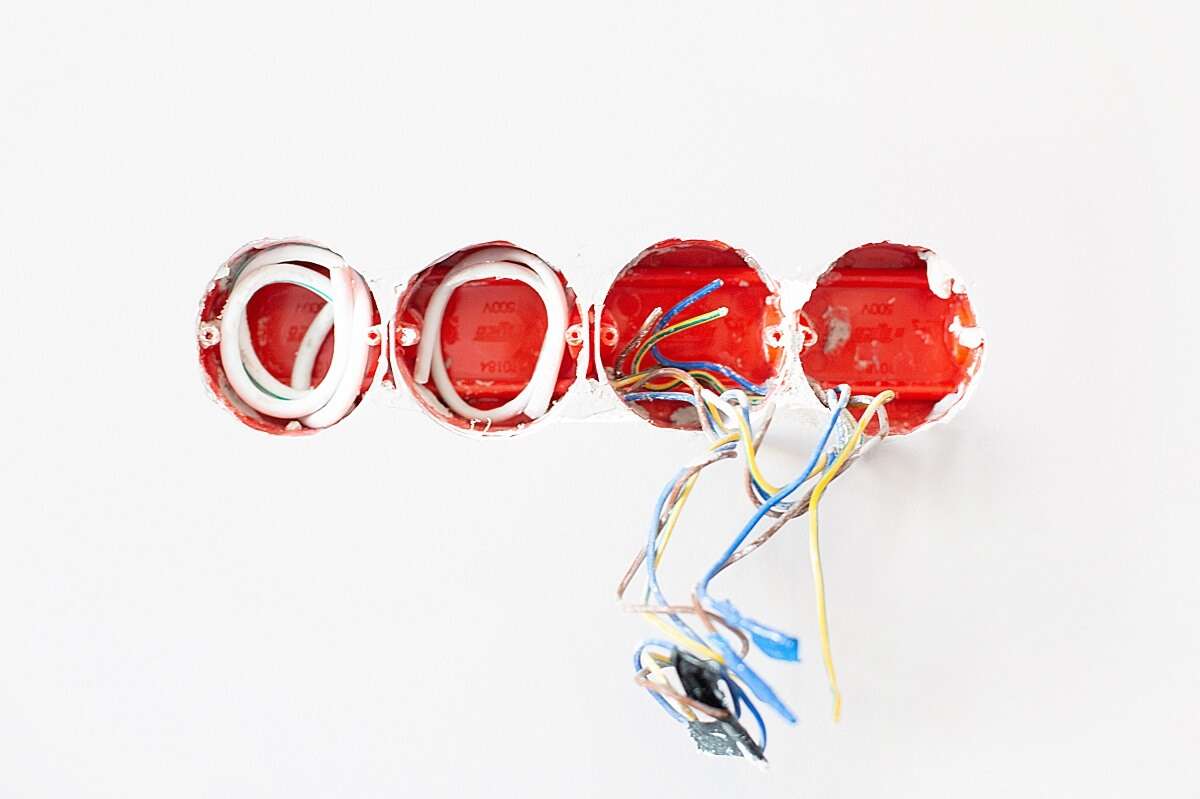Construction wiring refers to temporary electrical installations that provide power to the site. The wiring might be temporary but the requirements for installation are permanent. Electrical workers must ensure that construction wiring is compliant with AS/NZS 3000 and AS/NZS 312 Electrical Installations – Construction and Demolition Sites.
Construction wiring should be removed after the work is completed. It should also not be part of the permanent electrical installations. To ensure compliance with construction wiring, we regularly audit construction projects. Four main areas have been identified as a concern during these audits.
- Electric workers installing non-compliant wiring. If you are an electrician installing construction wiring you must ensure the installation is compliant with the Wiring Rules and the additional requirements of AS/NZS 3012., you must ensure that the installation complies with the Wiring Rules as well as the additional requirements of AS/NZS3012. After installation, all construction wiring must be checked and tested according to the Wiring Rules. This includes switchboards and fixed RCDs as well as emergency evacuation lighting and transportable structures.
- Failure to maintain the construction wiring installations. By principal contractors or PCBUs
Our inspectors found construction wiring that had been neglected or damaged during construction activities. For the duration of a project, the principal contractor must ensure that the construction wiring is compliant with AS/NZS3012. The principal contractor must inspect the wiring, including switchboards, at least once every six months to ensure its integrity. If the inspection shows damage or non-compliance with the standard, the affected part of the installation should be isolated and repaired or replaced. Tests must also be conducted as necessary. - Inadequate risk assessment before installing construction wiring. Also, our inspectors found installations without adequate mechanical protection, especially on temporary fences or transportable structures. Before installing any construction wiring, electrical workers must conduct a risk assessment to determine the possibility of cables becoming damaged during construction activities. The electrical worker should assess the risk of the cables being damaged and decide whether to relocate the cables or install additional protection.
- Construction wiring installations are equipped with non-compliant switchboards.
Our inspectors found switchboards built by electricians or PCBUs that do not comply with AS/NZS3012. This standard outlines the requirements for switchboards that are installed as part of construction wiring installations. These requirements include protection against mechanical damage, suitability to the environmental conditions, and provisions for retention of extension leads. A particular concern is a method used to attach cables to these switchboards. To prevent mechanical damage, cables entering switchboards should be securely secured.
Commercial Construction sites can be dynamic places with many trades and activities happening daily. Every worker on the site must be aware of where the construction wiring is located and ensure that the work done does not cause damage to it. You should immediately report any damage to the construction wiring to the supervisor.
If a violation is found, our inspectors will continue to inspect the wiring and take enforcement action.








